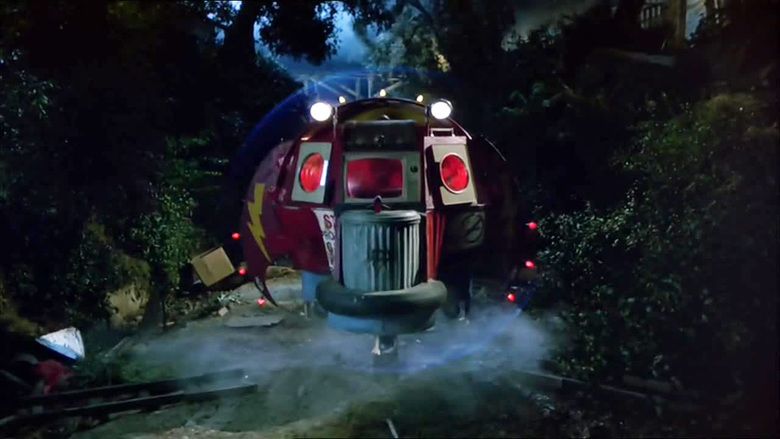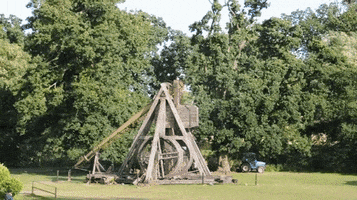GrumpyCatFace wrote:Again, just feed Metals into a SQL table, Rocks into another table, take the averages and compare. You MIGHT have to examine variability, which would just be looking at the total range of signal. There's a pattern in there that shouldn't be too hard to find. Apply your pattern to the unknown signal, and done.Speaker to Animals wrote:GrumpyCatFace wrote:
My point is that we can't 'compete with the sonar operators' unless we're using their highly specialized software. We could compete with each other, sure.
Then give up. You just have to beat 97%. I think I can do it, but I will have to play around with network architecture. My guess is that the original researchers didn't use enough layers, since there obviously exists more than one feature in each reading.
This task doesn't require a neural network, or advanced programming, unless you're trying to actually visualize the object itself.
#oldschoolprogramming
I am really interested in how that works out. I am an AI guy and avoid databases at all costs after having to learn relational algebra in college, but if you know of a different angle of attack, that would actually be interesting to me.
Just realize, to me, using a database is advanced programming, and training an artificial neural network is play time.



